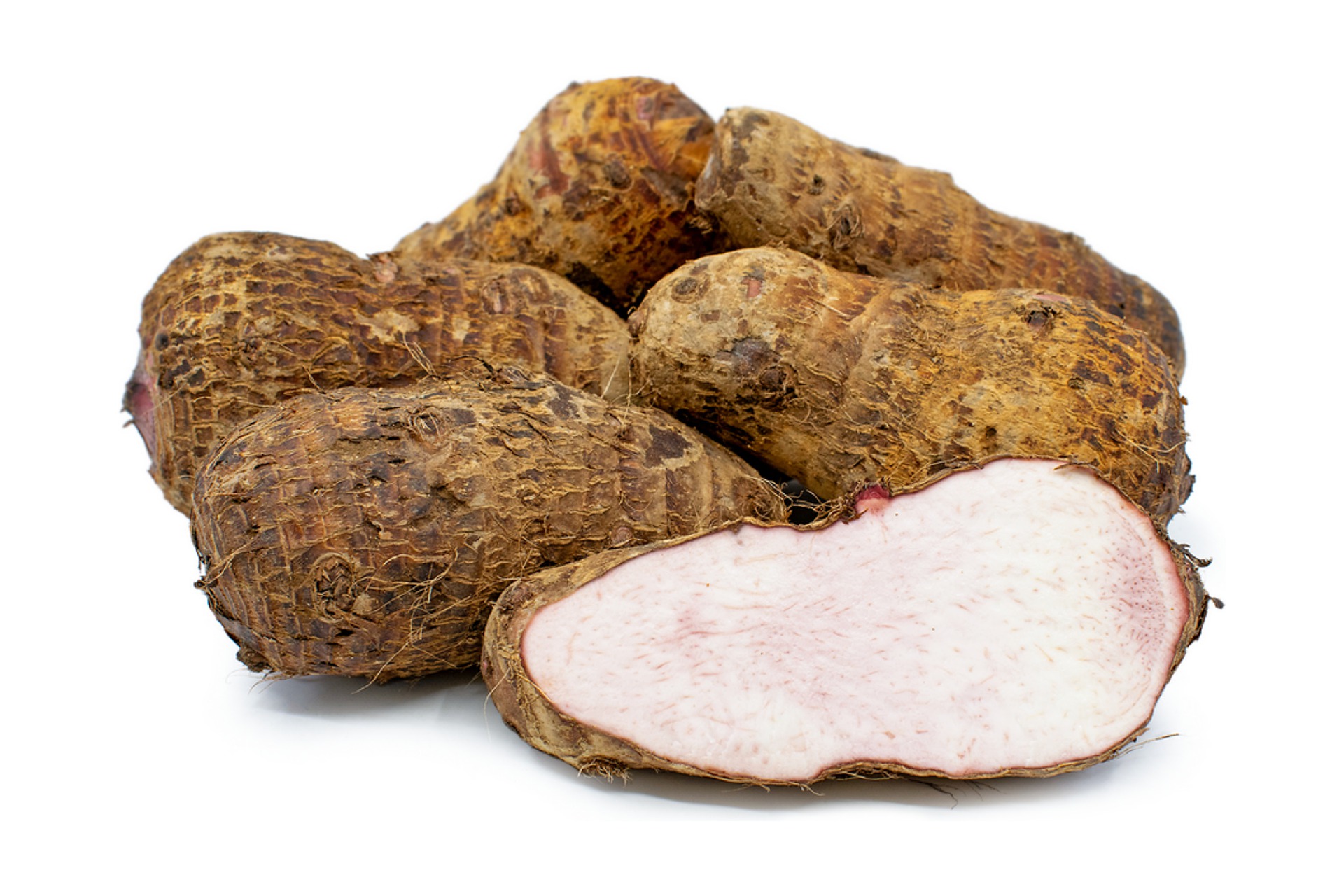 Cook Islands
Cook Islands

OCOP in RAP - Cook Islands
One Country One Priority Product (OCOP)
Taro
OCOP: Taro
Character and comparative advantage: Similar to many countries in the Pacific including: Samoa, Palau, Hawaii and Tahiti, Taro (Colocasia esculenta) is the most important starchy staple in the Cook Islands.
Producing areas: The crop is cultivated in all of the 12 inhabited islands comprising of volcanic, raised atolls (makatea) and low-lying atolls. On the main island of Rarotonga, the crop is cultivated in selected valley floors in the interior of the island and in coastal wetland areas. More than 20 varieties are cultivated in the country with the northern atoll islands generally maintaining traditional cultivars important for use in unique and preparation methods. According to the Census of Agriculture & Fisheries preliminary data for 2021, ca. 99 Acres (131, 400Kg) of Taro was cultivated compared to the second most important starchy staple of Cassava.
Demands: Cook Islanders prefer Taro cultivated in wetland, either in paddy fields with constant waterflow, or on raised-beds with constant waterflow in channels created around the beds. Swamp taro has a sticky texture compared to dryland taro which has a more floury texture. The flesh colour of wetland taro is more prominent and tends to be darker. It is highly sought after by Cook Islanders and generally sells at a higher price compared to dryland taro on both the local and export markets.
Contact
Cecelia TouAriki
Acting Head
Ministry of Agriculture, Cook Islands
